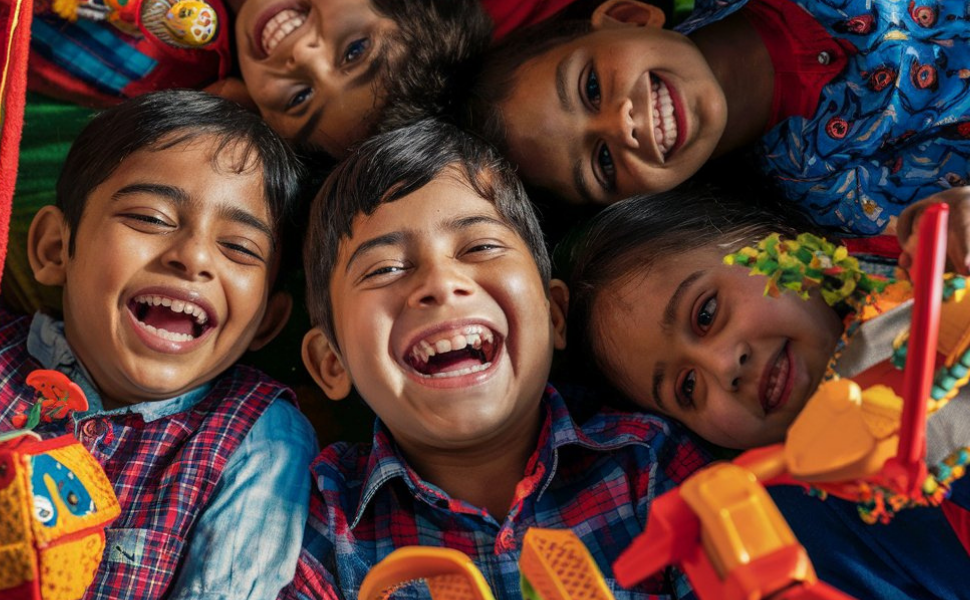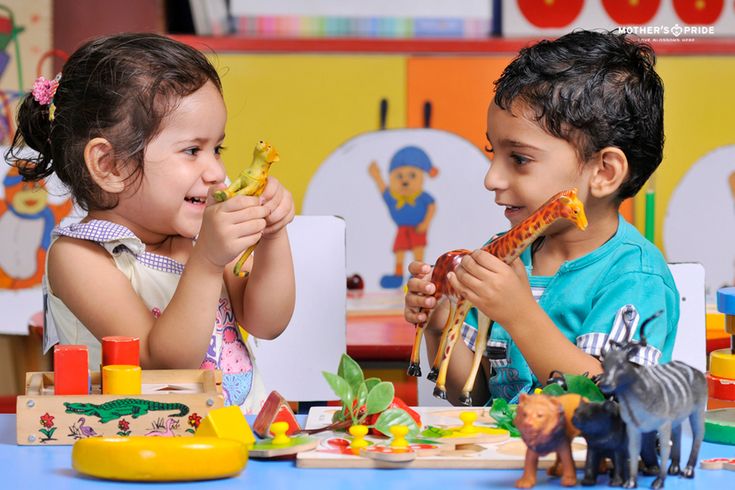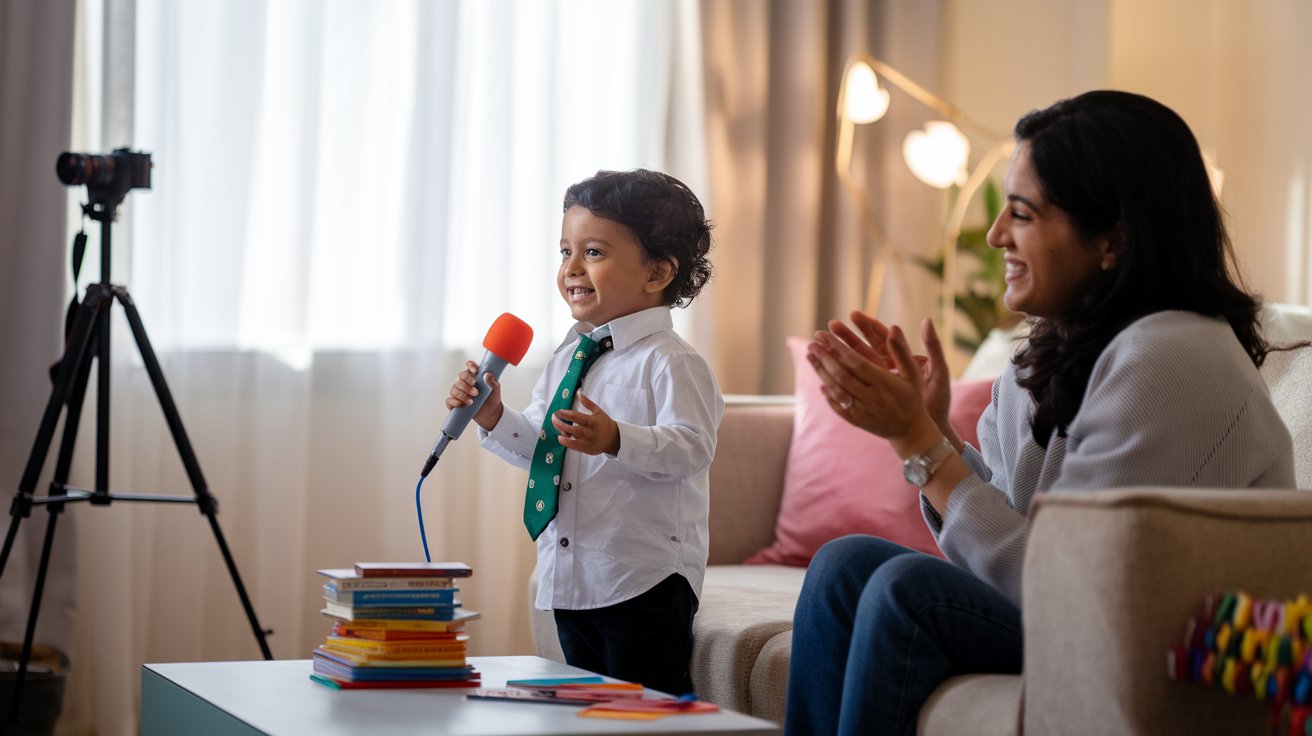Is Your Child's Toy Box Overflowing, But They're Still Bored? Here's Why Quality Over Quantity Matters in Toy Shopping
As parents, it's easy to fall into the trap of thinking that more toys equals happier children. However, the reality is often quite the opposite. Have you ever noticed that your child still seems to lose interest quickly despite having a room full of toys? The secret to keeping your little ones engaged and fostering their development may lie not in the number of toys they have but in the quality and thoughtfulness of those toys.
The Problem with Quantity
The toy industry is vast and ever-expanding, constantly introducing new must-have items that claim to be the key to your child's happiness and development. However, bombarding children with a plethora of toys can lead to several issues:
Overstimulation: A multitude of toys can overwhelm children, making it difficult for them to focus and engage deeply with any one item. Imagine walking into a sweet shop where you’re told to taste everything at once—you’d end up confused and overwhelmed rather than enjoying any single treat. The same goes for kids and their toys.
Short Attention Spans: Constantly moving from one toy to the next can hinder the development of sustained attention and patience. When children have too many options, they tend to flit from one toy to another without engaging deeply, leading to shallow play experiences.
Less Creativity: When toys are overly specific and prescriptive in their use, they can limit a child's imagination and creative play. Toys that do everything for the child, like electronic gadgets with pre-programmed actions, can stifle creativity rather than inspire it.
Environmental and Financial Impact: An excess of toys often leads to waste and contributes to environmental degradation, not to mention straining family budgets. The cycle of buying, discarding, and replacing toys not only hurts your wallet but also the planet.
I vividly remember a time when my niece, overwhelmed by the multitude of toys in her room, seemed disinterested in playing with any of them. However, during a visit to a friend's house, she became engrossed in a simple set of wooden blocks, building intricate structures for hours on end. This experience highlighted the profound impact that quality toys can have on a child's engagement and creativity.
Why Quality Matters
Focusing on quality over quantity when it comes to toy shopping can offer numerous benefits for both children and parents. Here’s why:
Educational Value: High-quality toys often incorporate educational elements that can support your child's learning and development. Look for toys that challenge them intellectually and encourage problem-solving skills. For instance, wooden blocks not only enhance motor skills but also teach basic principles of physics.
Durability and Safety: Quality toys are typically made from safer, more durable materials, reducing the risk of injury and the need for frequent replacements. How many times have you thrown out a cheap plastic toy that broke within days of purchase? Durable toys not only last longer but also provide safer play experiences.
Sustained Engagement: Toys that are well-designed and versatile can keep children engaged for longer periods, promoting deeper and more meaningful play. A well-crafted puzzle can captivate a child for hours, fostering concentration and problem-solving skills.
Environmental Responsibility: Investing in fewer, better-made toys reduces waste and supports more sustainable manufacturing practices. Choosing eco-friendly brands and materials contributes to a healthier planet for your child to grow up in.
Child development experts emphasize the importance of quality over quantity when it comes to toys. Dr. Emily Smith, a pediatric psychologist, explains, "High-quality toys that encourage open-ended play are essential for fostering creativity and cognitive development in children." This means that toys allowing kids to use their imagination and think creatively, such as building blocks or art supplies, help them develop important mental skills.
Supporting this idea, research conducted at the University of Cambridge found that children with fewer toys actually play better. These children tend to have longer attention spans and show greater creativity in their play. When children don't have too many toys to choose from, they spend more time playing with each toy. They explore what the toy can do and think of new ways to play with it. This kind of focused and creative play is very important for their development and growth.
The Drawbacks of Low-Quality Toys
Low-quality toys often lure parents with their affordability and flashy designs, but they come with hidden costs:
Frequent Breakages: Cheap toys are prone to breaking, leading to tears, frustration, and the need for constant replacements. This cycle not only costs more in the long run but also fills your home with broken, unusable items.
Safety Hazards: Poorly made toys can pose serious safety risks, including choking hazards from small parts and exposure to harmful chemicals. Investing in quality toys ensures that your child is playing with items that meet stringent safety standards.
Lack of Engagement: Toys that are cheaply made often fail to engage children for long. They may look exciting initially but quickly lose their appeal, leading to boredom and the perpetual search for new entertainment.
How to Choose High-Quality Toys
Selecting the right toys for your child doesn't have to be daunting. Here are some advanced strategies to guide you:
Developmental Appropriateness: Ensure the toy aligns with your child's developmental stage. For example, toys that promote fine motor skills, such as threading beads or stacking rings, are excellent for toddlers, while older children might benefit from STEM kits that foster critical thinking and creativity.
Open-Ended Play: Favor toys that encourage open-ended play. Items like magnetic tiles, sand and water tables, or modular play sets provide endless possibilities and encourage your child to use their imagination and problem-solving skills.
Sustainability and Ethics: Consider the ethical implications and environmental impact of the toys you purchase. Look for brands that use sustainable materials and ethical manufacturing practices. Certifications like Fair Trade, FSC-certified wood, and non-toxic paints can be indicators of high standards.
Engagement Over Flash: Avoid toys that rely on passive engagement, such as those with excessive lights and sounds. Instead, choose toys that require active participation, like board games, musical instruments, or interactive books.
Made in India Toys: Support local artisans and businesses by choosing toys that are made in India. Indian-made toys often showcase rich cultural heritage and traditional craftsmanship. Brands like Channapatna toys, Shumee, and Ariro offer high-quality, eco-friendly toys that support local economies and preserve traditional skills. These toys not only provide unique play experiences but also instill a sense of cultural pride and awareness in your child.
Conclusion
In today's consumer-driven world, adopting a mindful approach to toy shopping can greatly benefit your child's development and overall well-being. By prioritizing quality, sustainability, and thoughtful engagement, you can create a nurturing and stimulating play environment. Remember, the key to enriching your child's playtime lies not in the quantity of toys but in the richness of the experiences they provide. As you navigate the myriad of toy options available, let intentionality and mindfulness guide your choices, ensuring that each toy serves a meaningful purpose in your child's growth and happiness. By making thoughtful, informed choices, you can transform your child's playtime from overwhelming and chaotic to engaging and enriching. Quality over quantity isn’t just a shopping mantra; it’s a philosophy that fosters a healthier, happier, and more creative childhood.









